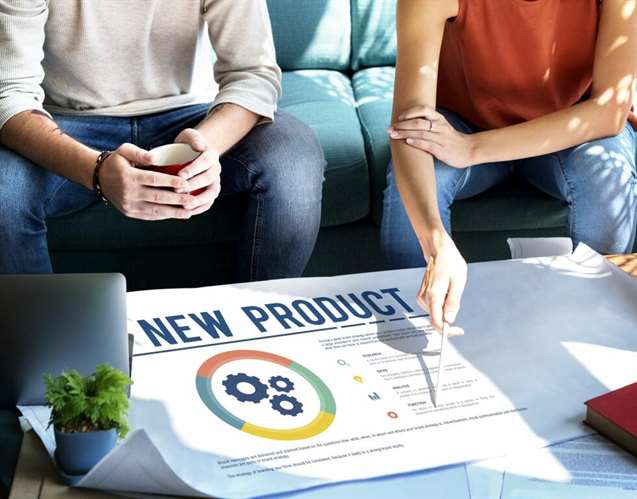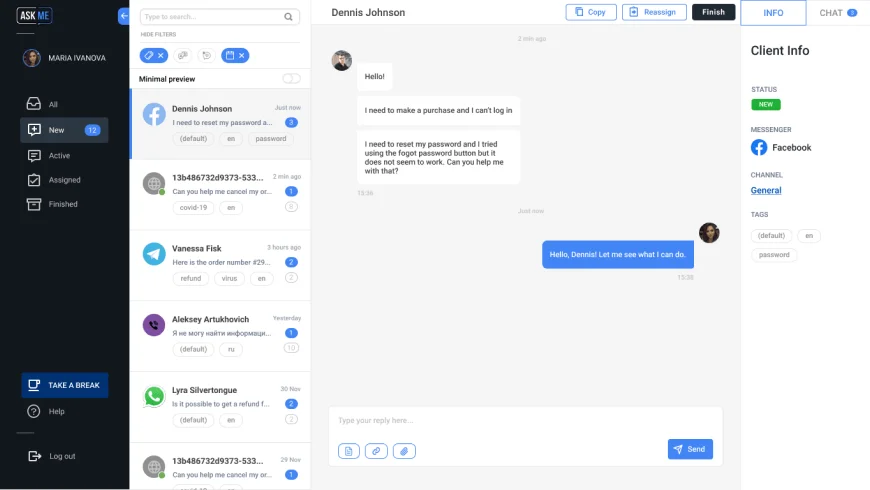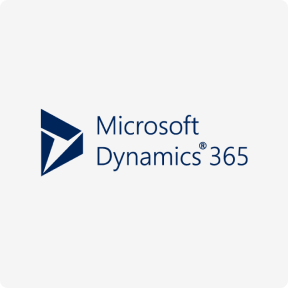Automated reporting involves generating reports that provide insights into system performance, vulnerabilities, and compliance. Automated response involves taking appropriate actions to address identified issues or threats. For example, a network monitoring tool can help organizations detect and respond to network-related security issues, while a vulnerability scanner can identify potential vulnerabilities in software applications and IT infrastructure. By selecting the right tools and technologies, organizations can ensure that their continuous monitoring program is effective and efficient. Continuous cybersecurity monitoring is a novel concept that will give you greater awareness of your IT infrastructure and information security systems.

Once you know how things should work, you’ll be better positioned to recognize anomalies from current log events. For one thing, you need to think through how to address each issue your continuous monitoring program helps you identify. What steps will you take when a vulnerability is revealed to reduce your risk? In addition, you want to identify any gaps in what the product monitors and your organization’s needs. Continuous monitoring is a valuable strategy, but it’s not a comprehensive one. A good continuous monitoring tool can improve how secure your organization is and cut down on the amount of time your TPRM team spends on checking for vulnerabilities, but it doesn’t do the whole job of TPRM.
Process
Balance is, by far, one of the most difficult decisions in log monitoring and analysis. Gather too little data and risk missing early trouble indicators or continuous monitoring cloud important alerts. Collect too much and get buried in analysis paralysis – essentially, leading to the same situation of overlooking items of significance.

Continuous monitoring requires the right mix of security technology and human planning and analysis. Humans can’t be “on” 24/7 and even if they could, the amount of data they’d have to pore through to review the security status of every third party an organization works with would make the scale of work impossible. But technology can monitor and collect data continuously, and update relevant information in real-time once it becomes available. Although continuous monitoring may not sound very innovative – monitoring has always been continuous, in one sense of the word – it actually encourages a fundamentally new approach to collecting and analyzing data.
Continuous Integration / Continuous Deployment (CI/CD) Logs
Continuous monitoring also enables you to track user interactions and maintain application performance and availability before it is deployed to production environments. Continuous monitoring also allows businesses to monitor the performance of their software applications continuously. This includes monitoring user experience, response times, and resource utilization. These metrics provide insights into the software’s performance, allowing businesses to identify areas for optimization and improvement. Continuous monitoring plays a critical role in software development, particularly in agile development environments.

When you must follow rules only at certain times, gathering data, fixing any issues, and creating reports takes a lot of work. As the control health dashboard updates you on which controls are failing or passing, you must determine the right course of action when the control fails. It can be that one of your employees still needs to complete the training, or you need to upload evidence under change management. In many cases, you can’t actually monitor every resource and environment continuously because doing so would require too many resources.
CM Program
Corporate kitchens are busy environments and the staff working finds squeezing food safety processes into their busy daily routines a common challenge. In the current security landscape, it is imperative to engage in ongoing security monitoring. Doing so in to actively prevent the occurrence of the aforementioned situations. Adjust assessment procedures to accommodate external service providers based on contracts or service-level agreements. WebAuthn is the API standard that allows servers, applications, websites, and other systems to manage and verify registered users with passwordless… In today’s digital age, many individuals and organizations rely on technology for communication, transactions, and data storage.
- Cloud computing has revolutionized the way businesses and organizations operate, allowing them to store, access, and manage data and applications in…
- For the IT system’s clients, the whole experience is transparent due to such a proactive approach.
- It can automatically fix small issues and save human effort for bigger problems.
- This enterprise wide view also must include consideration of the global, national and local economies, the strengths and weaknesses of the organization’s culture, and how the organization approaches managing risk.
This is critical for businesses to be able to adapt to changes in the environment, regulations, and their own structure. Organizations are unable to recognize, resolve, or comprehend critical insights on specific hazards due to a lack of continuous monitoring. It should be seen as an integral part of every DevOps pipeline, crucial to achieving efficiency, scalability, and better-quality product. Cybersecurity is an often-discussed topic in boardrooms and C-suites around the world. The alternative to a continuously monitored organization is to be a “compliance-focused” organization—but as we’ve said before, compliance does not equal security. Therefore, it’s safe to say that having a continuous security monitoring strategy is not just a best practice or a competitive differentiator; it’s simply necessary to operate a successful business.

This, in turn, ensures that common, system, and hybrid controls are in place, effective, and working as designed, while being maintained in the most efficient manner. The use of common controls reduces the duplication of effort in implementing, managing, and accessing a control that is centrally provided by the organization. Once the continuous monitoring plan’s development is complete, the authorizing official or a designated representative reviews the plan for completeness, noting any deficiencies. If, however, there are significant deficiencies, the AO can return the plan to the information system owner or common control provider for corrections. Based on this authorization, the level of continuous monitoring and frequency for each control is defined, allowing the system developers and engineers to begin incorporating the monitoring plan into the system development and O&M plan. This approach helps businesses to detect problems early, mitigate risks, and increase their overall resilience.
Response actions are evaluated and implemented as and when vulnerabilities are identified, or they’re implemented over time. You can also use Bitsight to get an idea of a potential vendor’s cybersecurity posture before you begin working with that company or before it gains access to your sensitive data. When someone from the outside is trying to gain illicit access to your data, they may, for example, send a spear-phishing email to employees. This is a great example of why continuously monitoring your endpoints—including desktops, laptops, servers, and other things of this nature—is so critical. Customize security-specific assessment procedures to closely match the operating environment (and utilizing supplemental guidance in the NIST Security Controls Catalog to establish an intent of the security control). Security Operations (SecOps) is a methodology that fuses IT operations and information security.
